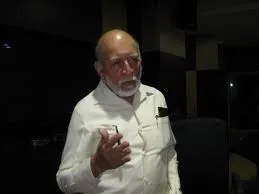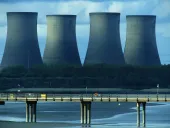
India targets over 50,000 Mw of nuclear power by 2030: ex-official
India will boost its nuclear energy generating capacity to 50,000-60,000 Mw by 2030 and plans to import light water reactors from Russia, US and France, said former Atomic Energy Commission chairman M R Srinivasan.
The present power generating capacity of India’s 20 nuclear units is small, most of them having a capacity of up to 220 Mw. The indigenously designed Tarapur 3&4 are the largest with a capacity of 540 Mw, he said. In a couple of months, the first 1,000 MW nuclear plant, built with Russian help, will start at Kundankulam, Tamil Nadu.
In last one year, the country has started construction of four indigenously-designed reactors of 700 Mw each — two each at Kakrapar, Gujarat, and Rawatbhata, Rajasthan. There are plans to have similar reactors in Madhya Pradesh, Haryana, and possibly even at Kaiga, Karnataka, Srinivasan said.
Since availability of electricity is a serious constraint for both industry and agriculture, India will build 800 Mw supercritical coal-fired units for many more years. ‘But if we have to cut down carbon emissions, we must build a significant nuclear capacity,’ he said.
Delivering the first Homi Sethna Memorial Lecture on ‘Future of Nuclear Power after Fukushima’, the nuclear scientist said the country would need around 1,300 Gw of electricity by 2052.
Forty per cent of this requirement is expected to come from nuclear facilities, 40 per cent from coal-based plants,
India is currently producing a small quantity of enriched uranium. ‘We expect to be in a position to build a commercial uranium enrichment plant between 2020 and 2030,’ Srinivasan said. Explaining the slow-paced nuclear power development in India, Srinivasan said the country had limited uranium. ‘Not only is the quantity small, the ore concentration is low, making extraction more costly here,’ he said.



















 Advertise
Advertise







